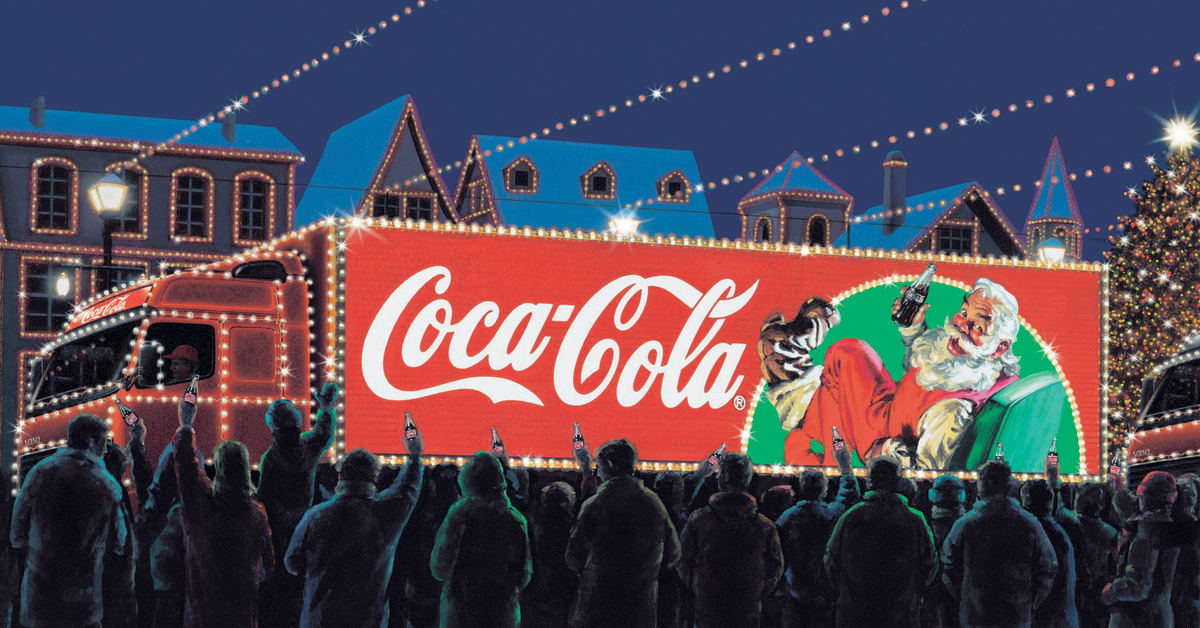In 1961 noted advertising executive Rosser Reeves’ book Reality in Advertising was published. Forty-nine years later, has his thinking remained relevant? You be the judge…
Chapter 9. The Advertising Burning Glass
A story goes that old Calvin Coolidge, sitting patiently in a stern little New England church, listened attentively to a minister who had preached steadily for two hours. A friend, later, asked him what the sermon was about.
“Sin,” said Coolidge.
“What did he say,” persisted the friend.
“He was against it,” said Coolidge.
The story has a value to advertising men, for it illustrates a reality principle made crystal clear by a study of hundreds of penetration case histories. The principle is this:
The advertisement may have said five, ten, or fifteen things, but the consumer will tend to pick out just one, or else, in a fumbling, confused way, he tries to fuse them together into a concept of his own.
Reality campaigns, those that climb the ladder of penetration with the most speed, do not put the consumer in this predicament. Instead, they gather their energies together into a tight coil. They present him with one moving claim or concept which he can easily remember. Like a burning glass, which focuses the rays of the sun into one hot, bright circle, they bring together all the component parts into a single incandescence of their own.
We do not mean that the campaign should not say a dozen things about the product. These can add depth, color, dimension, and persuasiveness. In fact, they are very often the difference between “telling” and “selling.”
A legendary copywriter, reading a galley of this book, put it another way: “I like to think of the bits and pieces of a product’s individuality as pieces of tile. They must be assembled, like a mosaic, into one striking and memorable theme, for the public simply cannot carry all the individual pieces in its head.”
A President of the United States, while running for office, covered fourteen different points in one of his speeches. It was a clear and vigorous speech. Despite its clearness, however, a study made the next day showed that less than 2% of the people knew what he had said. Had he picked one point of focus, he might have had 30%, 40%, or 50% remember the substance of his message.
Marcus Cato, the Roman orator, understood this principle perfectly when he focused a whole series of speeches into the thunderous phrase: “Carthage must be destroyed!” With it, he put an end not only to a city, but to a civilization.
Long after Americans had forgotten Franklin Delano Roosevelt’s first inaugural address, they remembered, in essence, all that there was, when they remembered: “The only thing we have to fear is fear itself!”
William Jennings Bryan knew this perfectly: “You shall not press down upon the brow of labor this crown of thorns! You shall not crucify mankind upon a cross of gold!”
Winston Churchill practiced it instinctively: “Never. . . was so much owed by so many to so few!”
An advertising theoretician who read the above paragraphs entered a demurrer. “I don’t know about that,” he said. “I might write an advertisement and list twenty-five separate advantages, and it might cause the consumer to rush right out and buy.”
This is true.
However, we are discussing penetration—which may be defined as “what it is possible for the consumer to carry in his head.” For most people do not rush right out and buy.
The same advertising man, when asked to name some of the great advertising campaigns, rattled off:
“HALITOSIS” . . .
“LIFEBUOY AND B.O.” . . .
“L.S.M.F.T. AND THE CHANT OF THE TOBACCO AUCTIONEER” . . .
“IT’S TOASTED” . . .
“WHICH TWIN HAS THE TONI?” . . .
“THOSE THREE STREAMS OF BUBBLES WHICH PROVE ANACIN BETTER THAN ASPIRIN OR BUFFERIN” . . .
“THOSE FLAVOR BUDS FOR MAXWELL HOUSE COFFEE” . . .
“WONDER BREAD HELPS BUILD STRONG BODIES 12 WAYS” . . .
“THAT OLD ‘FILM ON TEETH’ CAMPAIGN OF CLAUDE HOPKINS” . . .
“COLGATE DENTAL CREAM CLEANS YOUR BREATH WHILE IT CLEANS YOUR TEETH.”
You can agree or disagree, but this is a central truth of reality in advertising. The great campaigns, like the burning glass, fuse together all the components into a copy focus that generates not only light, but heat.
The Blake Project Can Help: The Brand Positioning Workshop
Branding Strategy Insider is a service of The Blake Project: A strategic brand consultancy specializing in Brand Research, Brand Strategy, Brand Licensing and Brand Education




